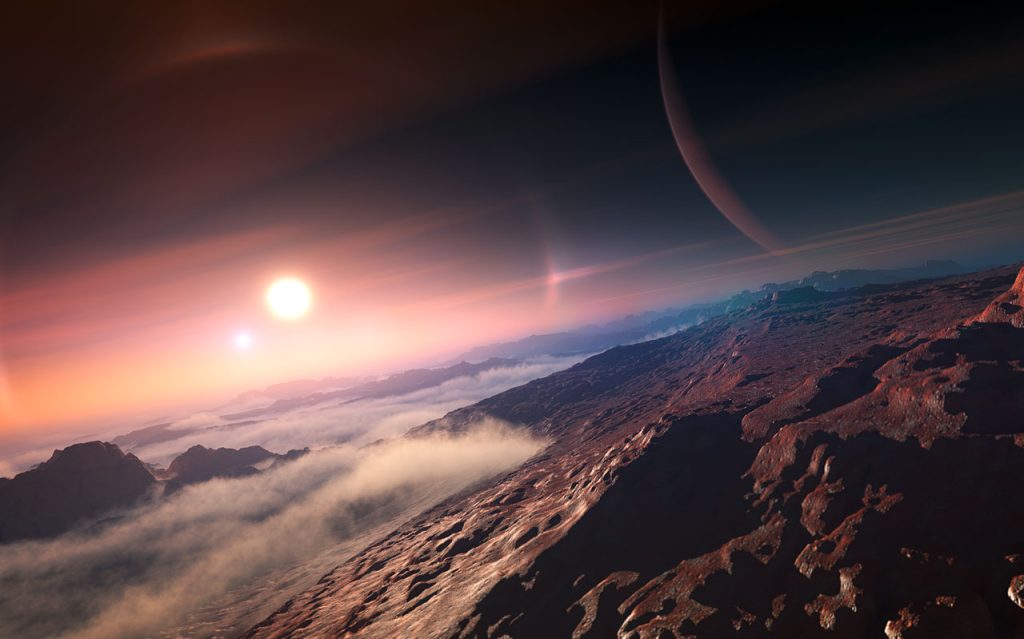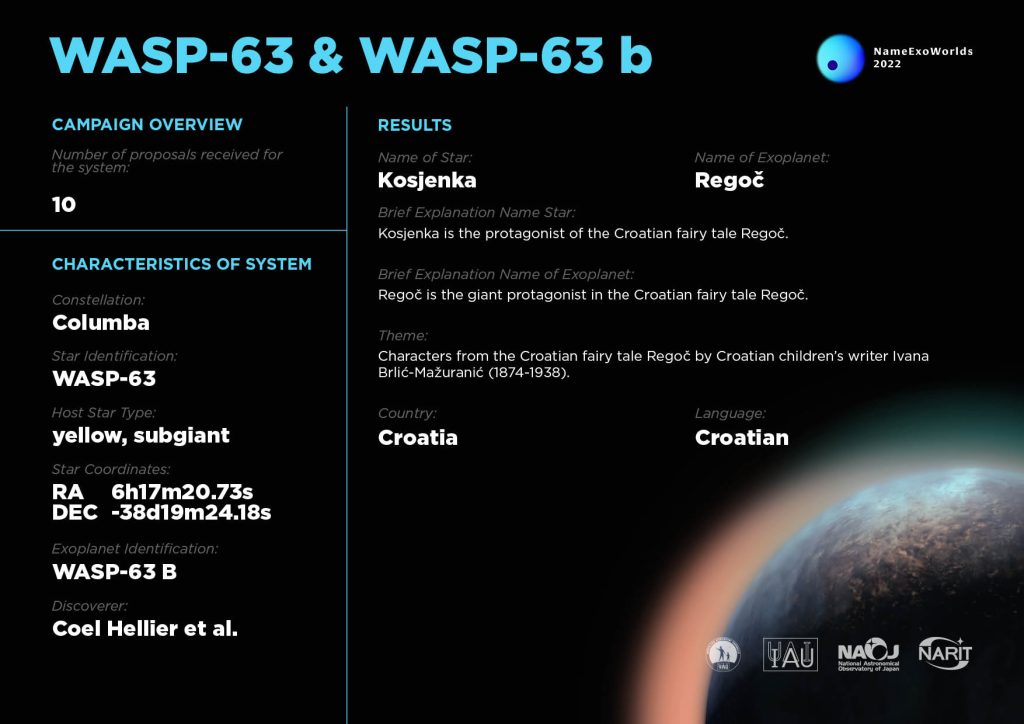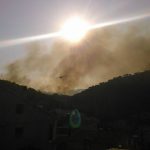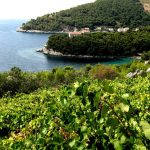June 12, 2023 – Since Wednesday, June 7, 1,000 light-years away, Kosjenka and Regoč have been spinning through space. And in the history of astrophysics, it will be recorded that Zagreb high school students named this exosystem (a star outside the Solar System and a planet revolving around it).
As 24Sata writes, this is very important news for the promotion of Croatia. The same goes for its education system and science. It resonated this week with the students of the astronomy group from IX. high school in Zagreb. It made them real stars, just like Kosjenka. In this year’s competition “NameExoWorlds 2022”, the International Astronomical Union chose a Croatian proposal among 603 proposals from 91 countries for 20 names of new stars and their planets outside the Solar System.
Why Kosjenka and Regoč?
“I suggested Regoč and Kosjenka based on my memory of my mother’s bedtime reading when I was little. It is this story of the Croatian writer Ivana Brlić Mažuranić about how opposites attract. It also shows Croatian tradition and creativity. We are proud that our school now has its place in space,” – said Nina Grubić, a member of the astronomy group. Eighteen students of the astronomy group from the 1st, 2nd, and 3rd grades, and their mentor, physics professor Zlatko Tomšić, participated in the drafting of the proposal.
Students Anni Vučinović, Filip Mejovšek, Fran Blaga, Ivan Hodžić, Ivan Pavlić, Jakov Jaša, Jan Striček, Kristijan Herak, Lana Parić, Leona Jokić, Kula Buconjić, Mia Parić, Nina Grubić, Sara Burica, Šimun Petar Vračarić, Tian Vlašić, Toma Petak, and Vid Tadej Štimac designed the proposal.
Apparently, they found out about the competition a few days before it ended, so they were in a hurry. They had to come up with names and explain why it is a good choice for distant stars and planets. They also had to record a video presentation. In addition to exoworlds, they are particularly interested in black holes.
What Kosjenka and Regoč are
The star WASP-63, slightly larger than our Sun but twice as old, was named Kosjenka, and the exoplanet orbiting it, WASP-63b, was named Regoč. It is a gas giant that is 20 times closer to its star than the distance of the Earth from the Sun. On Regoč, members of the astronomical group say a year (one round of Regoč around Kosjenka) lasts four days, and its temperature is a whopping 1227℃. So it certainly deserved its name, and we are sure that Ivana Brlić Mažuranić would also like the idea. British astronomer Coel Hellier and his team discovered the system.
As Professor Tomšić explained, discovering exosystems is highly demanding because they are tough to detect. You have to recognize the shadow that the planet leaves as it orbits the star, which is sometimes almost impossible. The discovery of the first exosystem was confirmed in 1992, and 5,000 have been confirmed.
Students Interested in Astrophysics
The Croatian exoplanet system naming team led by astrophysicist and popularizer of science Dr. Lana Ceraj from the Ruđer Bošković Institute chose this proposal. The team includes Dr. Vernesa Smolčić, an astrophysicist known to the public for her international successes.
There were four proposals, and I was a little afraid because we set many conditions for the application. But they presented it brilliantly. This is a massive success for the very high-quality proposal of our students and shows that with commitment, work, and effort, just about anyone can apply and participate in international projects and events. It is not a problem to join the international scene. We just have to try to find those challenges still waiting for us and get involved – Dr. Ceraj said, praising the school for its work with students.
Students show an increasing interest in physics and astrophysics. But the problem is that usually, they don’t have time to explore their interests – said Professor Tomšić.
Principal Sonja Lušić Radošević pointed out their task is to support students in discovering their talents, which they will continue.












